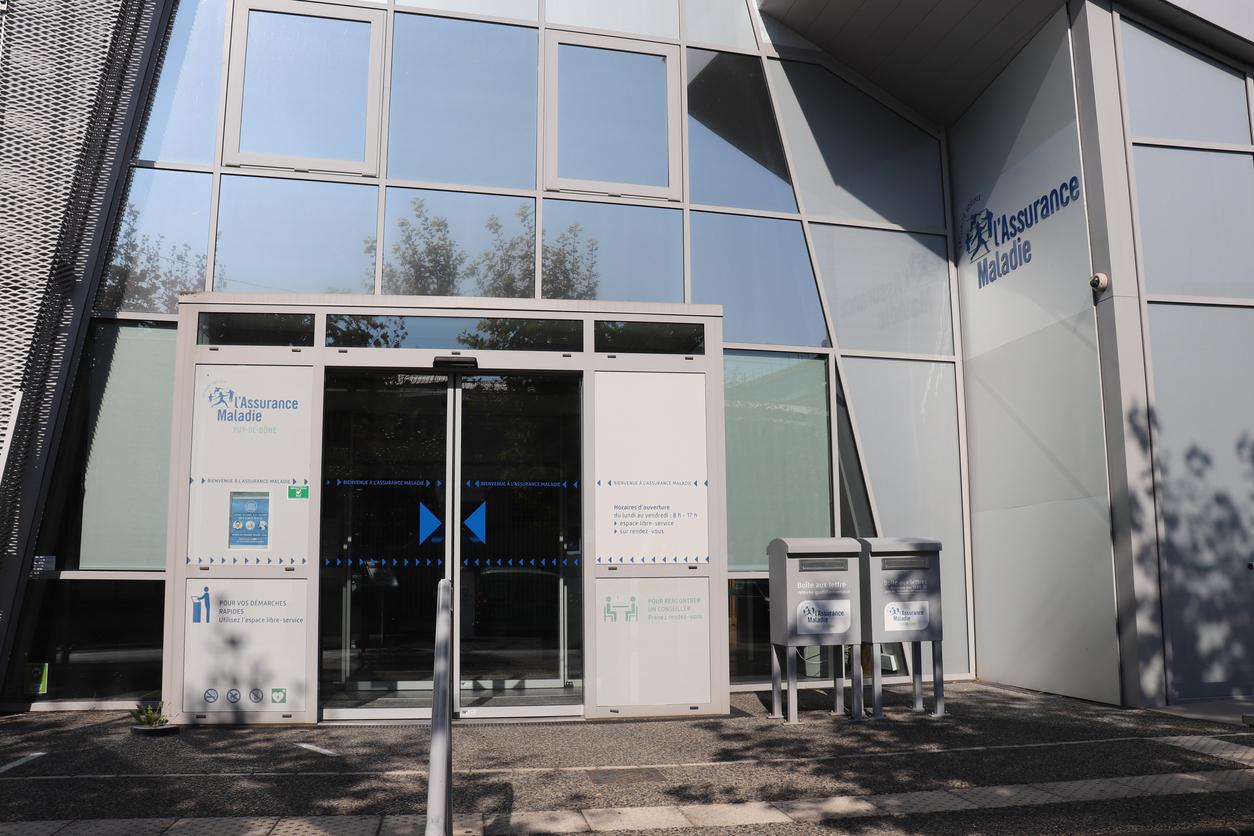In 2019, Health Insurance was the victim of no less than 287 million euros in fraud, reveals the National Health Insurance Fund, according to information from Parisian reported Thursday, June 18. According to this report, fraud comes more from caregivers than from individuals.

- In 2019, Health Insurance was the victim of no less than 287 million euros in fraud.
- Fraud by healthcare professionals and establishments represents 48% of the total financial loss.
- At the level of the insured, “the question of Vitale cards is not a marker of fraud”, assures the Cnam.
No less than 287 million euros. This is the sum of the fraud whose Health Insurance was the victim in 2919, according to the National Health Insurance Fund (Cnam). According to the Parisian which relays the information this Thursday, June 18, the fraud would come more from caregivers and health establishments than from an abuse of Vitale cards.
To arrive at this figure, 1,650 field agents reviewed some 13 million invoices. According to Nicolas Revel, the boss of Cnam before the commission of inquiry of the National Assembly on fraud in social benefits, “23,000 investigations were opened following an established damage and 8,800 litigation actions were opened, compared to 5,500 in 2014”. Fraud by healthcare professionals and establishments represents 20% of cases but 48% of the total financial loss, with no less than 135.1 million euros. Fraudsters are 48% health professionals such as pharmacists, doctors or carriers and 31% healthcare establishments.
Worse still, experts have identified organized groups on the Internet disseminating illicit practices, ranging from fictitious work stoppages to billings to Medicare for drugs that will then be sold in other countries.
“The issue of Vitale cards is not a marker of fraud”
Fraud committed by policyholders concerns 51% of cases but represents only 21% of the total loss. At the end of last year,in France there were 58.4 million Vitale cards in circulation for 59 million inhabitants over the age of 16”. Too, “the issue of Vitale cards is not a marker of fraud”slice Nicolas Revel, while last February a controversy was born following the revelation, before the same commission, of the surplus of cards in circulation (2.6 million).
Health Insurance then wanted to reassure fears about the risk that people living abroad will be reimbursed for undue benefits. Having a Vitale card does not necessarily mean that one has rights, the cards can be unusable, had thus recalled the president of the organization Mathilde Lignot-Leloup. “Beneficiary rights are questioned during the services by health professionals or administrations”she said.
Furthermore, “there are people who may not have been counted by INSEE, such as foreign students, retirees living abroad, insured persons from the fund for French nationals abroad, seconded workers who remain salaried in France, people who have left the territory without reporting it…”, explains the health insurance.
In 15 years, 44 million Vitale cards have been removed, as many had been given to the same people by their various affiliation schemes. “Again in 2019, the general scheme deleted 2.7 million due to the death of the insured, departure abroad… And 100,000 were destroyed because their beneficiaries, contacted to verify their residence in France, did not never answered”, explains Nicolas Revel, recalling that “these cards were originally only 0.023% of care sheets. (…) Often people lose their card, ask for a new one, find the old one and use it.”
“Between 2014 and 2018, 1.2 billion euros of fraud were detected and stopped”
Since 2005, Health Insurance has detected and stopped nearly 2.4 billion euros. “Between 2014 and 2018, 1.2 billion euros of fraud were detected and stopped compared to 744 million between 2009 and 2013, an increase of more than 50%. In 2018, this amount is 261.2 million”Explain health insurance on its website.
To fight against this “diverse and changing” fraud, “the techniques and systems to fight against fraud implemented by the Health Insurance are constantly evolving: rotation of the fields investigated each year, adaptation of the regulations, intensification of data exchanges between the administrations, use of new techniques of exploitation of the Health Insurance statistical databases, thanks to datamining and even more recently through the use of big data”it is specified.
.
















